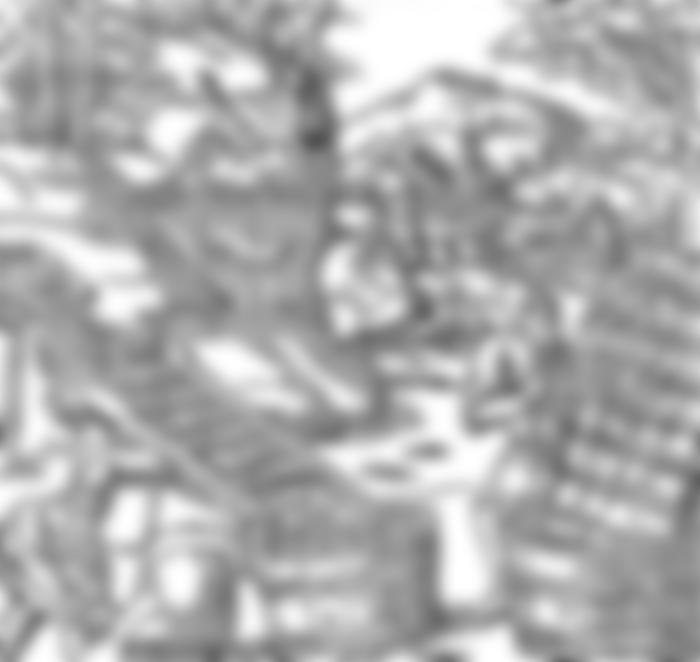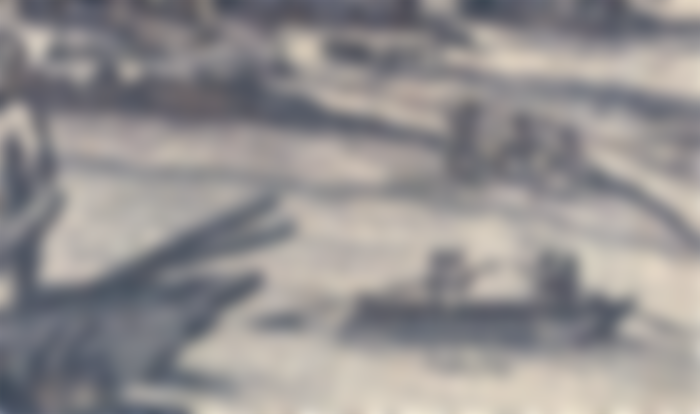Washing gold on the Danube

Even the ancient Romans, according to historical sources, established regional mints near gold deposits. Our main smithies were in Siscia or Sisak and in Sirmium or Sremska Mitrovica.

Although the main gold mines were in the mountains, in countries for which wars were often fought, it is less known that in our Slavonian mountains Papuk or Psunj there were sources of this precious metal. The main sources of gold in our interfluve are the rivers Drava and Sava. The Romans, and probably the Celts before them, came up with the idea of forcing thousands of their captives and slaves to wash away river mud and extract gold.

Other nations only inherited this technique. Although it can still happen today that you find a gold washer on the Drava, just like in cowboy movies, it is unlikely that you will find it on the Danube. This has not been the case in the past. The desire for such a way of life, survival or some other reason forced the mass of people to embark on this adventure along the course of the Danube. Although the quality of gold on the Drava and Mura rivers was exceptional, Sava and Danube gold was also in demand.


In general, the Sava and the Danube are not gold-bearing rivers, the gold in them is smaller and harder to wash away.
This is evidenced by the fact that the wooden planks or benches on which it was rinsed were at a smaller angle with the Danube washers, because otherwise it would only swell with the mud. Often such a bench was covered with coarse fabrics that would retain the grains of gold.
Before the start, they looked for gold-bearing reefs by driving a special shovel into the mud and then rinsing it, if there were any gold grains left on the shovel, then they continued digging and rinsing.

It is an interesting description of such a way of life where, in an adventurous spirit, a washer boat would be easily turned into a home. If there was a storm, they would take the boat out to dry, turn it over and put it on stakes and spend the night under it. Often in poaching, in constant danger from robbers or some other threats, they would have weapons, often a rifle or holster, a dog and even a horse. Although there are no data for the Croatian part of the Danube region, it is interesting that they exist for the Hungarian part, including Baranja, which in the past was Hungary.

For example, the purchase price from 1776 for one scale of Danube gold was paid 13 forints and 30 krajcars, gold washed on the Drava and Mura was paid 14 forints and 45 krajcars, and for gold washed on other rivers only 11 forints. (Source: Endre Laszlo)
Ispiranje zlata nekako se održavalo do Drugog svjetskog rata. rata kada potpuno nestane.

Danas se neke podloške mogu pronaći kod nas i u susjednim zemljama, uglavnom na rijekama Dravi i Muri, ali i u mađarskom i srpskom dijelu Podunavlja.






